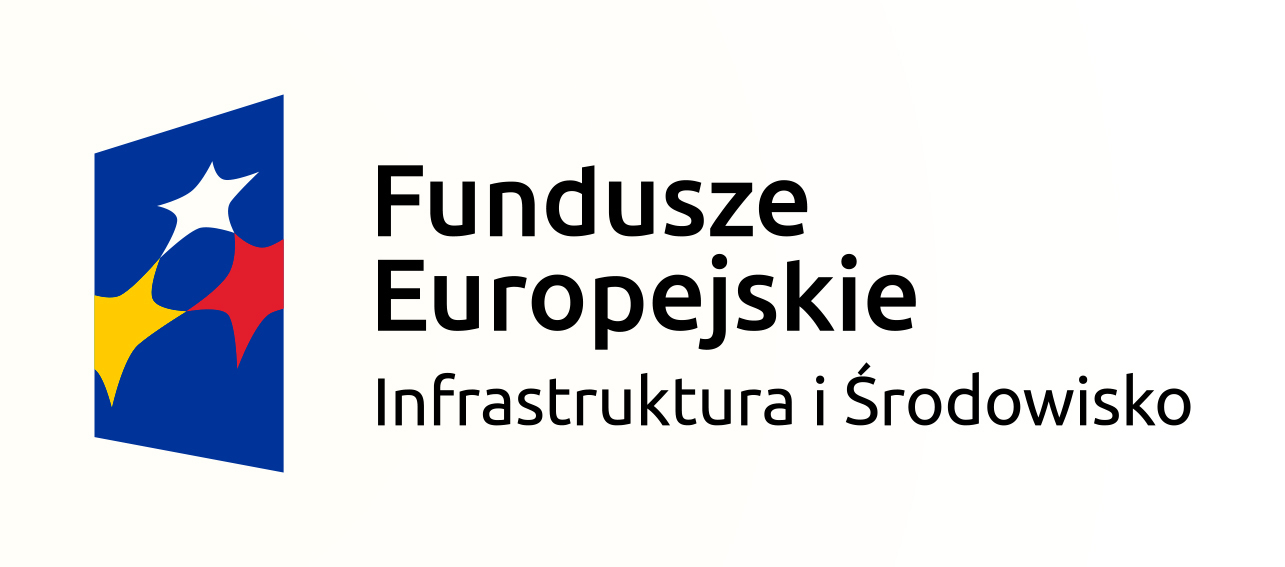At what stage of work are we currently?
We talk about what has been achieved in the project with Dariusz Choromański - an expert and substantive coordinator of the remediation project conducted by RDOŚ in Bydgoszcz.
D. Choromański: We are currently implementing the so-called proper remediation phase. This proper remediation proceeds in accordance with the schedule adopted in the implementation agreement. This phase provided for remediation work to be carried out over a period of 18 months.
This proper remediation has been carried out since September. We are more or less in 1/3 of the time provided for environmental cleaning in the indicated area. According to the reports we receive every month from the contractor, works related to water treatment are carried out with a capacity of about 80 m3/h, which gives monthly from 60,000 m3 of treated water, which then goes to the aquifer. Since the beginning of the proper remediation process, 450,000 m3 of water have already been pumped, cleaned and then introduced into the aquifer. I would like to point out that 1 m3 of water equals 1,000 liters, so we are already moving in quite significant amounts here, it is already 450,000,000 liters of pumped and purified water that went to the ground, to the aquifer, in this area.
Regardless of the conducted remediation, water purification and injection into the aquifer, water monitoring is carried out in the remediated area, as well as in the immediate vicinity. This monitoring involves 16 piezometers equipped with sensors that constantly read the basic physicochemical parameters of water: temperature, electrolytic conductivity, pH, and the level of the water table.
What work remains to be done?
D. Choromański: There are still two important tasks to be completed, which will complete the entire remediation process, namely verification of the quality of the soil and water environment during the purification processes, and here we have a selected contractor who, after signing the contract in early February, has already started first field work, preparing observation holes, piezometers, wells for water sampling. Field work is also beginning, related to the collection of soil samples for testing. This task will be a cyclical task consisting of 3 research series. In this way, we will track changes in the quality of the environment during remediation and thus obtain information on how these remediation works change our environment, improve the condition and quality of both land and water.







